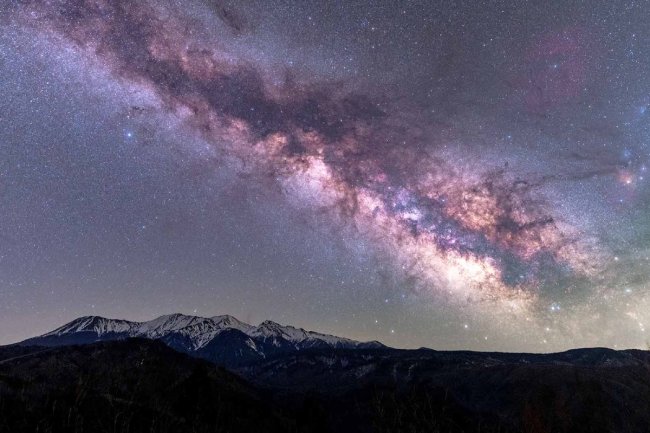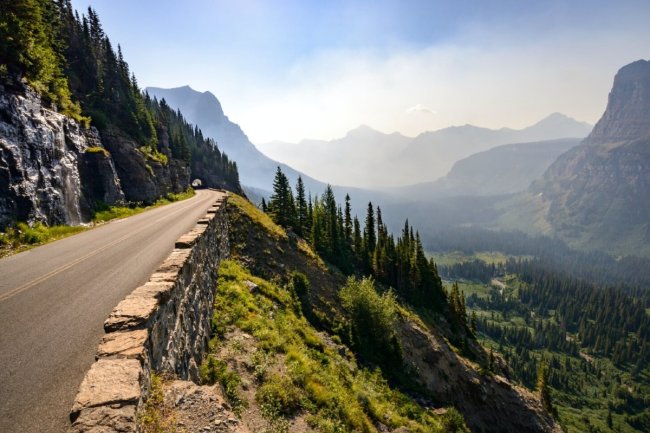Winter is coming
Where to watch the northern lights
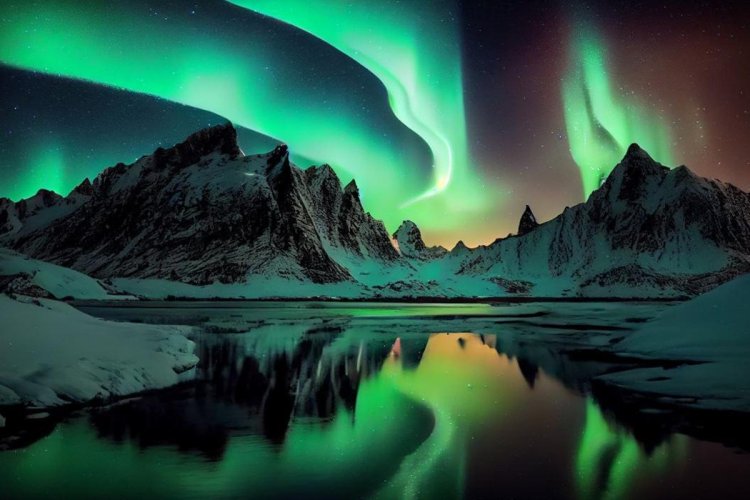
On the eve of the new winter season, we invite you to go not for snow, but for one amazing natural phenomenon. The Northern Lights are a phenomenon that is surrounded by many legends and traditions. The Vikings believed that this sparkle in the sky was the shine of the swords of warriors who died in battle and were sent to Valhalla. The Icelanders, on the other hand, believed that these were dances of the elves that took place in heaven. Even today, viewing this beautiful phenomenon remains unpredictable and depends on many factors. We will tell you about countries and places where you can see the northern lights with your own eyes.
Norway
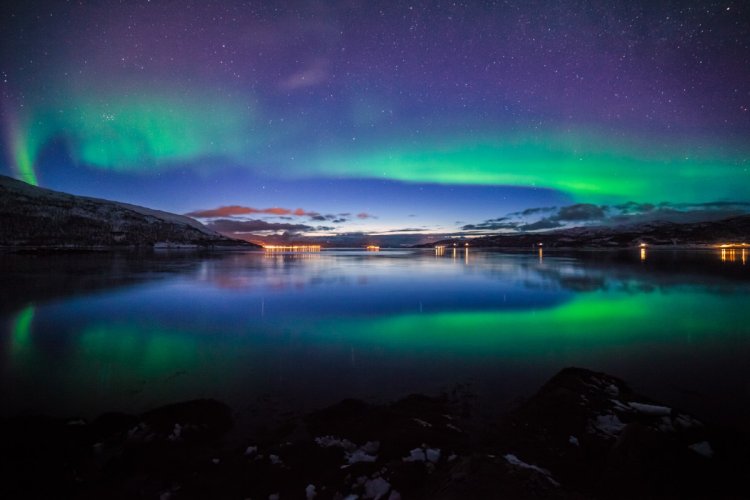
This northern state is one of the best places on Earth to see the northern lights. This amazing phenomenon can be seen in the so-called Northern Lights Belt, which stretches from the Lofoten Islands to the North Cape, where major cities such as Tromsø and Alta are located. If you want to enjoy the lights in comfort, it is recommended to stay at Longyearbyen in the Svalbard archipelago, where there are rooms with a transparent roof. If you prefer a more extreme experience, you can head to the Norwegian part of Lapland and stay in an igloo hotel, where you can also watch sled dog races.
You can go from the end of September to March.
Finland
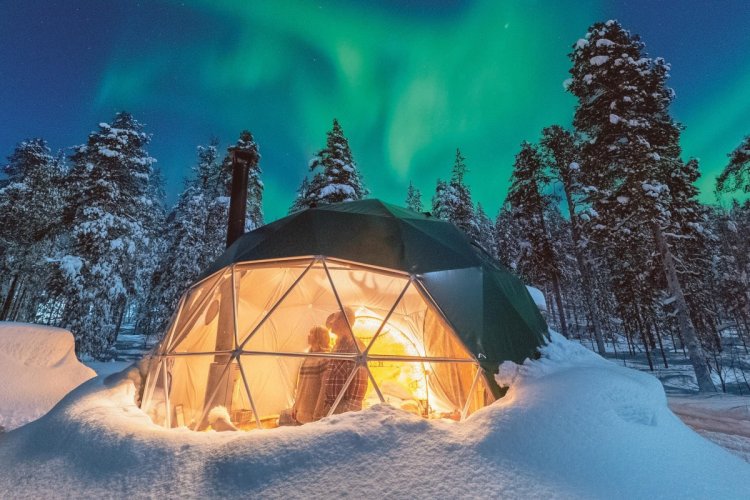
The areas of the villages of Sodankylä, Ivalo and the city of Rovaniemi in Finland are famous for their opportunity to see the northern lights every other night. A particularly bright lights can be seen in Rovaniemi in February, when the city holds the Northern Lights Festival (Revontuli Festivaali). In the vicinity of the village of Kilpisjärvi, the glow appears every three out of four nights and is reflected in the frozen lake.
In Finland there are special hotels designed for viewing the northern lights. For example, the Aurora Bubble Hotel, which consists of circular houses with bubble glass roofs, that offer panoramic views of the night sky. Another option is the forest village of Kakslauttanen, which is located 40 kilometers from the village of Ivalo. In this village, hundreds of igloos are equipped with transparent ceilings that allow you to watch the northern lights.
You can catch the northern lights in Finland from October to March.
Russia

In Russia, the Arctic Circle runs across the entire country, and in winter the northern lights can be seen in many northern regions. If you are in Moscow or St. Petersburg and want to see the northern lights live, then we advise you to go to the Murmansk or Arkhangelsk regions.
In the Murmansk region, the northern lights are best seen in the villages of Vidyaevo, Teriberka, Polyarny and Pechenga. It is also worth paying attention to the Khibiny Mountains in the Kirov region, where this phenomenon can be seen on the territory of the Kuelporr recreation center. From Kirovsk there is a transfer by snowmobile with sleigh. You can also go to the urban village of Kukisvumchorr.
In Arkhangelsk, you can also see the northern lights from time to time, but it is better to head to the north of the region, where there is less light pollution.
You can see the northern lights in northern Russia from the end of September to the end of March.
Sweden
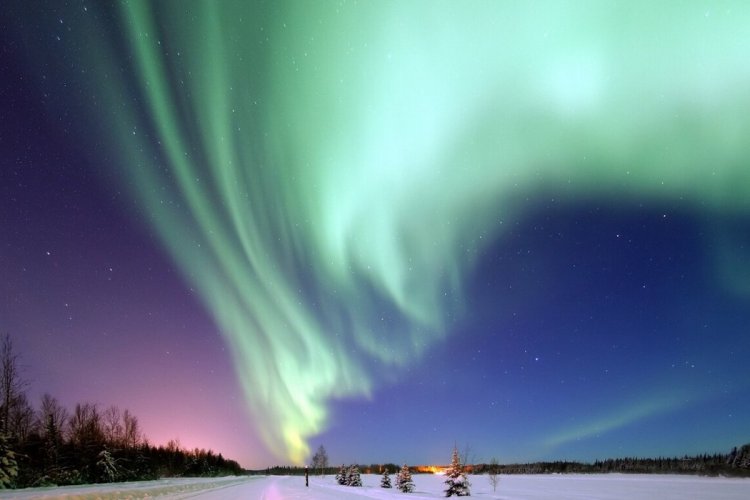
The entire northwest of Sweden, which is part of the Arctic region, is known for its spectacular northern lights. One of the best viewpoints for observing it is Aurora Sky Station, located in the Abiska National Park at an altitude of 900 meters above sea level. Up to 200 northern lights a year occur here.
You can observe the northern lights in Sweden from the beginning of September to the end of March.
Iceland

Iceland is the perfect destination for those who want to enjoy the Northern Lights without suffering from the cold. Thanks to the warm Gulf Stream, the temperature on the island rarely drops below zero. In the town of Stokkseyri, which is 60 kilometers from Reykjavik, there is an Icelandic Wonderland Center dedicated to trolls, elves and the northern lights. The best chances to see the lights are in the city of Akureyri in the north, which has the driest weather on the island, or in the Jökulsárlón glacial lagoon in the southeast.
The best time to go to see the Northern Lights in Iceland is from October to March.
The highest probability of catching the northern lights occurs in dry, cold and clear weather, away from cities, in the period from 21:00 to 01:00. In addition, the intensity of the lights depends on solar activity - the higher the activity, the brighter the lights will be. You can check the northern lights forecast on this website.
And in order to conduct a live report and show footage of the northern lights to those close to you who were not able to go on the trip themselves, connect to mobile Internet bundles from fedafone and always stay in touch!

